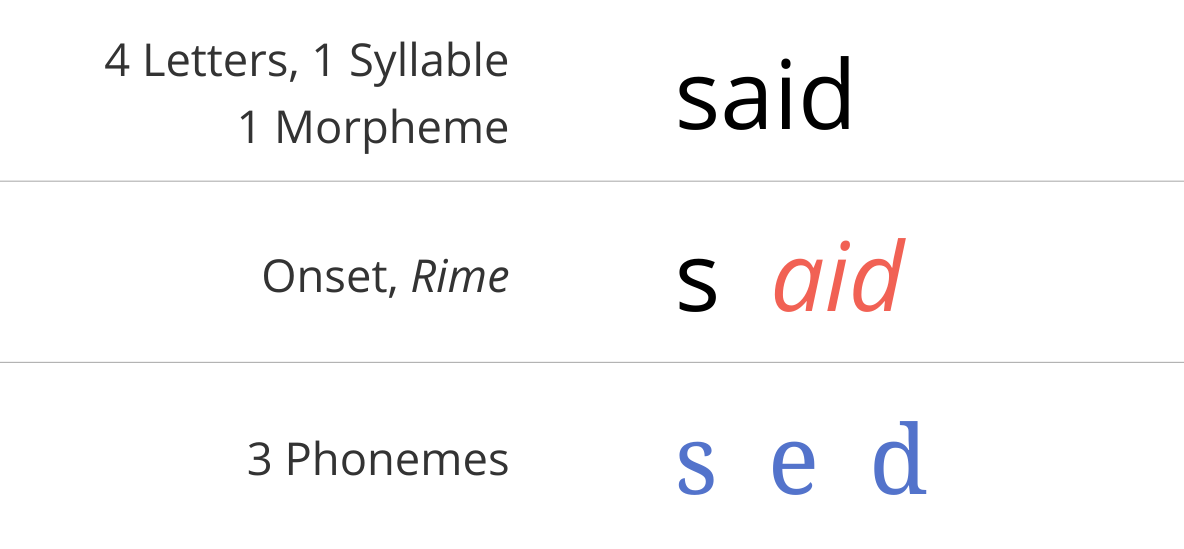“We set a high bar for achievement,” DPI spokesman Tom McCarthy said. “To reach more than half (proficiency), we would need to raise the achievement of our lowest district and subgroup performers through policies like those recommended in our budget, targeted at the large, urban districts.”
The new scores reveal the state’s persistent gap in academic achievement between its black and white students remains large.
Twelve percent of black third-graders are considered proficient or advanced in English, compared to 48 percent of white students, for example.
In math, about 17 percent of black students in third grade scored proficient or advanced in the 2017-’18 school year, while 60 percent of white students scored at the same level.
Less discussed in Wisconsin is the tremendous impact that economic status has on student achievement. A school with a population of 100% students who are economically disadvantaged would be expected to have proficiency rates more than 40% lower than a school with wealthier students. Indeed, this economics achievement gap is far larger in terms of proficiency effects than the racial achievement gap, and has important implications for the rural areas of the state, where the percentage of low-income families is higher than most suburban and some rural areas.
While the initial data release by DPI did not include sufficient data for apples-to-apples comparisons among private schools in the choice program, the data was comprehensive enough for charter schools. Particularly in Milwaukee, these schools continue to outperform their peer schools. For this preliminary analysis, we pulled out independent and non-instrumentality charters from MPS, while leaving instrumentality charters—or charters in name-only—as part of the district’s performance. In both mathematics and English/language arts, charter schools continue to outperform their other public school peers.
In English/Language Arts, “free” charters had approximately 9% higher proficiency than traditional public schools. In mathematics, these schools had 6.9% higher proficiency. This is consistent with our past analyses which have found that independence from MPS is a key component of better student outcomes, whether through the chartering or the school choice program.
Madison, despite spending far more than most, has tolerated long term, disastrous reading results.
Tony Evers, currently runnng for Governor, has lead the Wisconsin Department of Public Instruction since 2009. I wonder if anyone has addressed Wisconsin achievement challenges vis a vis his DPI record?
The Wisconsin DPI has aborted our one attempt at teacher content knowledge requirements: “Foundations of Reading” for elementary teachers. Massachusetts’ MTEL substantially raised the teacher content knowledge bar, leading to their top public school rank.
An emphasis on adult employment, also Zimman.
“I didn’t have one phone call, I don’t have one email about this NAEP data. But my phone can ring all day if there’s a fight at a school or can ring all day because a video has gone out about a board meeting. That’s got to change, that’s just got to change. …
“My best day will be when we have an auditorium full of people who are upset because of our student performance and our student achievement and because of the achievement gaps that we have. My question is, where is our community around these issues?
